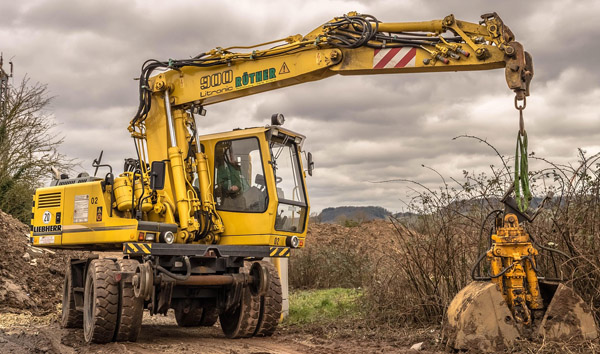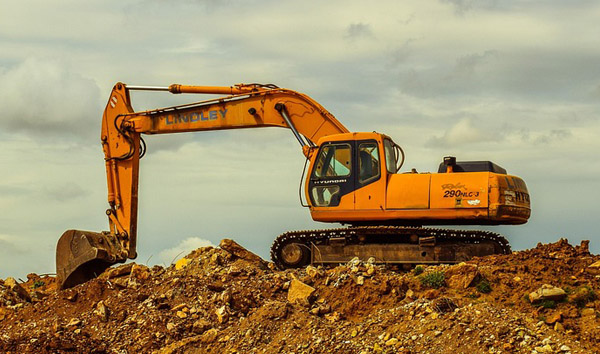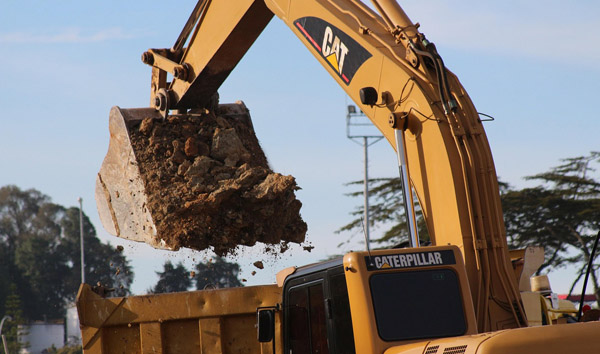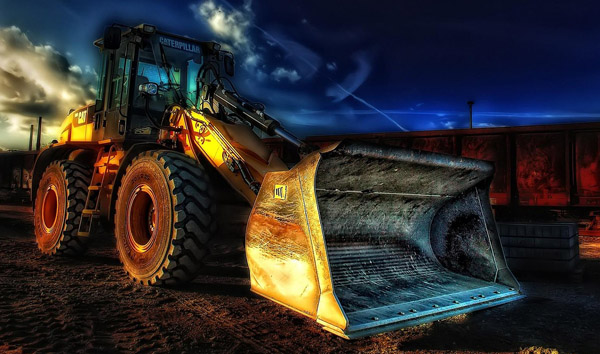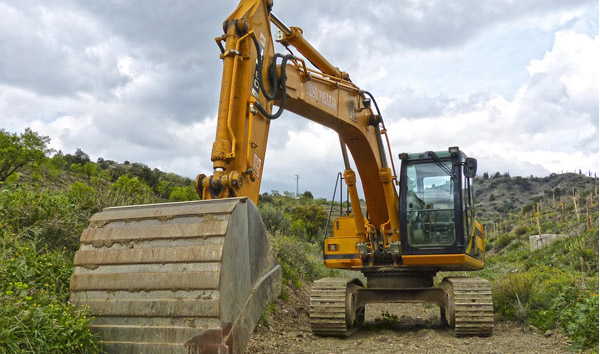Navigating the Capabilities of Modern All-Terrain Forklifts
2025-07-31 05:45:32
All-terrain forklifts are engineered to operate efficiently across uneven surfaces, making them indispensable in construction, agriculture, and heavy-industry settings. Unlike standard forklifts, these machines feature reinforced chassis, high-traction tires, and advanced suspension systems to handle rough terrain. Key specifications include load capacities ranging from 5,000 to 36,000 lbs, depending on the model. Additionally, all-terrain forklifts often incorporate four-wheel drive (4WD) and differential locks to maintain stability on slopes or muddy grounds.
Powering these robust machines are either diesel or hybrid engines, with horsepower ratings between 75 HP and 150 HP. Diesel variants dominate the market due to their torque efficiency, while hybrid models are gaining traction for reduced emissions. Another critical specification is lift height, which averages 15 to 20 feet but can extend beyond 30 feet in specialized units. All-terrain forklifts also feature hydraulic systems with high-pressure pumps, enabling smooth load handling even on inclines. These specifications ensure operational versatility in challenging environments.
Maneuverability is a defining trait of all-terrain forklifts, with specifications like turning radius and ground clearance playing pivotal roles. Most models boast a turning radius of 10 to 15 feet, allowing navigation in confined job sites. Ground clearance typically exceeds 12 inches to avoid obstacles, while articulated steering enhances precision. Furthermore, all-terrain forklifts often include adjustable forks and attachments like clamps or booms, expanding their utility in material handling. These features make them ideal for industries requiring adaptability, such as lumber yards or mining operations.
Safety remains a top priority in all-terrain forklift design, with specifications including rollover protection systems (ROPS) and load moment indicators. ROPS frameworks are mandatory in most regions, ensuring operator safety during tip-overs. Load sensors and stability control systems further mitigate risks by preventing overloading or uneven weight distribution. Additionally, modern all-terrain forklifts integrate telematics for real-time monitoring of engine performance, fuel consumption, and maintenance alerts. These advancements align with industry demands for both efficiency and operator protection.
The future of all-terrain forklifts is evolving with automation and electrification trends. Emerging specifications include lithium-ion battery options, autonomous navigation, and AI-driven load optimization. While diesel models remain prevalent, stricter emissions regulations are accelerating hybrid and electric adoption. Industry projections indicate a 12% annual growth in demand for all-terrain forklifts, driven by infrastructure development and warehousing expansion. By staying updated on these specifications, businesses can optimize their fleets for productivity and sustainability in dynamic work environments.




